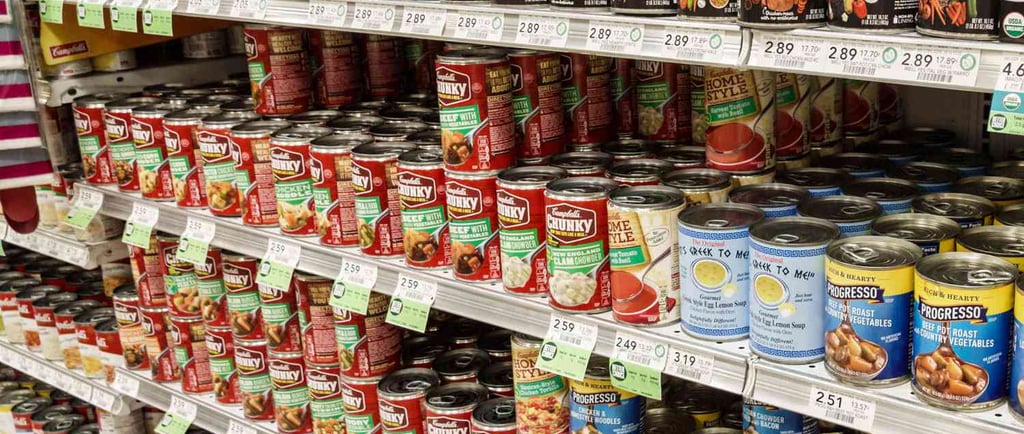Essential Guide: Kickstarting Long-Term Food Storage
Having a well-stocked long-term food storage can provide peace of mind and security...


In today's unpredictable world, being prepared for any situation is not just a luxury, it's a necessity! Whether you're facing a natural disaster, economic downturn, or simply planning for the future, having a well-stocked long-term food storage can provide peace of mind and security for you and your loved ones. But how do you get started? In this comprehensive guide, we'll walk you through the essential steps to kickstart your long-term food storage journey.
Assess Your Needs: Before diving into purchasing food items, take some time to assess your needs. Consider factors such as the number of people in your household, dietary restrictions, and any specific preferences. This will help you determine the quantity and variety of foods you'll need to store.
Set a Budget: Long-term food storage can be a significant investment, but it doesn't have to break the bank. Set a realistic budget that aligns with your financial situation and stick to it. Look for cost-effective options and consider buying in bulk to save money in the long run. The easiest way to start building a supply is to buy a few extra cans of things that you normally eat, each time you go to the grocery store.
Choose the Right Foods: When selecting foods for long-term storage, opt for items that are non-perishable, shelf-stable, and nutrient-dense. Canned goods, dried beans, rice, pasta, and grains are excellent choices as they have a long shelf-life and provide essential nutrients. Don't forget to include comfort foods and treats to boost morale during challenging times.
Rotate Your Stock: I can’t stress this enough. Proper rotation is crucial for maintaining the freshness and quality of your food storage. Implement a system to rotate your stock regularly, using the oldest items first and replacing them with fresh ones. This will help prevent waste and ensure that your supply remains viable for years to come.
Consider Storage Conditions: Where you store your long-term food supply can significantly impact its shelf life. Choose a cool, dry, and dark location away from direct sunlight and temperature fluctuations. Basements, pantries, and closets are ideal storage spaces, but be sure to avoid areas prone to pests or moisture.
Invest in Quality Containers: Investing in high-quality storage containers is essential for protecting your food from moisture, pests, and oxygen. Opt for airtight containers made from food-grade materials such as plastic buckets, Mylar bags, or glass jars. Label each container with the contents and date of storage for easy identification.
Educate Yourself: Building a long-term food storage requires knowledge and expertise. Take the time to educate yourself about proper food storage techniques, shelf-life considerations, and emergency preparedness strategies. There are plenty of resources available online, including books, articles, and forums, where you can learn from experienced preppers and survivalists. We will continue to update and add information on AltaSurvival.com so bookmark this page and come back often.
Plan for Variety: Variety is the key to maintaining a balanced and nutritious diet during challenging times. Aim to include a diverse range of foods in your long-term storage, including fruits, vegetables, proteins, carbohydrates, and fats. Consider adding freeze-dried or dehydrated foods to supplement your supply and add variety to your meals.
Stay Organized: Keeping your food storage organized is essential for easy access and inventory management. Use shelves, bins, and labels to keep everything neat and tidy. Regularly check your inventory and update it as needed to ensure that you always have an accurate count of your supplies.
Review and Update Regularly: As your needs and circumstances change, so too should your long-term food storage plan. Set aside time periodically to review your inventory, assess your needs, and make any necessary updates or adjustments. This will help ensure that your supply remains relevant and effective in any situation.
Conclusion
By following these essential steps, you can kickstart your long-term food storage journey with confidence and peace of mind. Remember, preparation is the key to survival, and investing in your food security is one of the best decisions you can make for yourself and your family. So, start today and build a robust food storage supply that will sustain you through whatever challenges lie ahead. Prepare, survive, thrive!